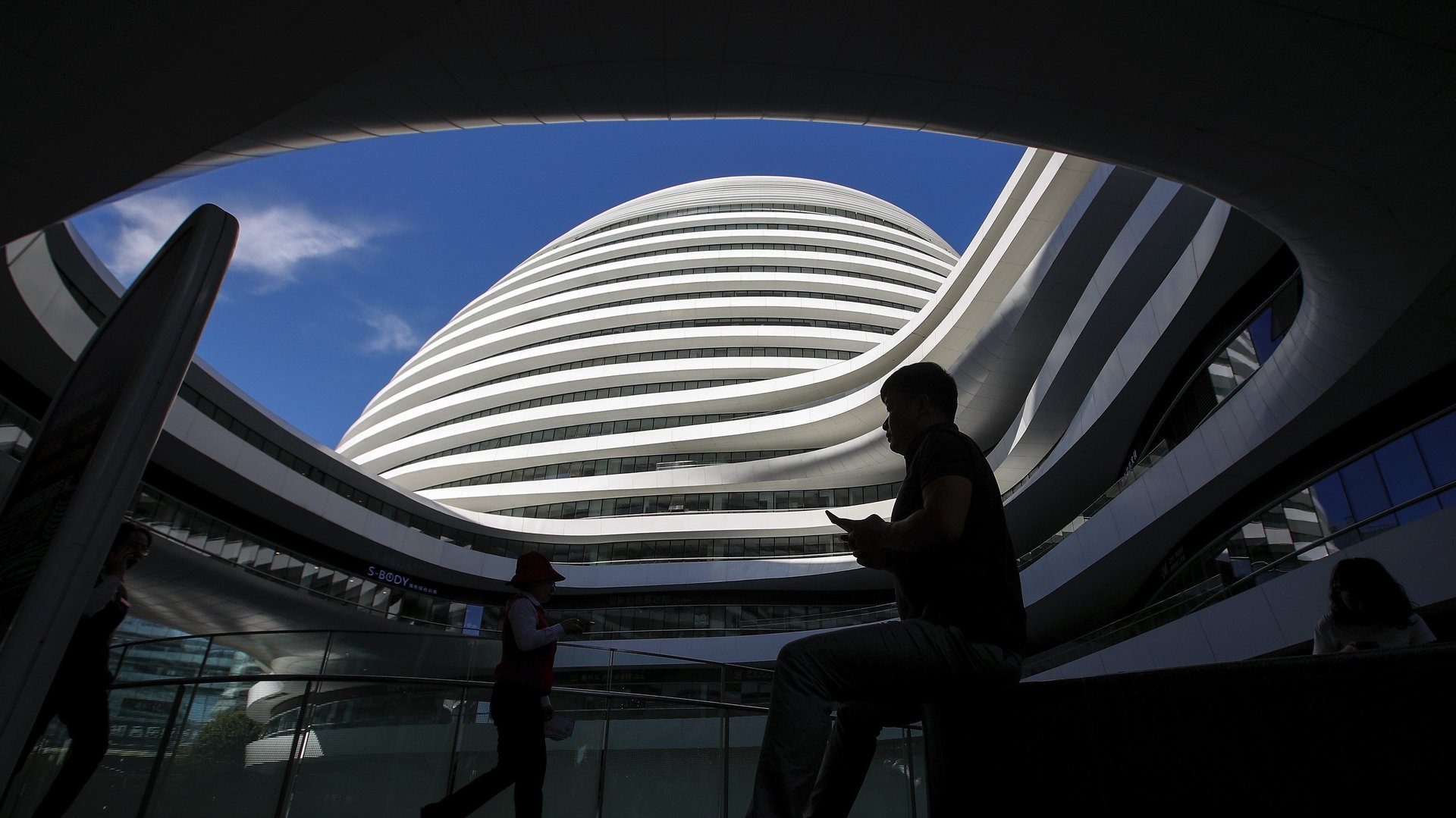China’s regional GDP numbers are suspect, but still worth watching
The main reason you can’t trust China’s national GDP statistics is that you can’t trust regional Chinese statistics. The leaders of China’s 32 regions are under heavy pressure to meet growth targets set by the national government, and local statistical agencies fudge the numbers to hit those targets. The central government acknowledges this: In 2017, the Chinese government publicly accused the states of Jilin and Inner Mongolia of submitting fake economic data (paywall).


The main reason you can’t trust China’s national GDP statistics is that you can’t trust regional Chinese statistics. The leaders of China’s 32 regions are under heavy pressure to meet growth targets set by the national government, and local statistical agencies fudge the numbers to hit those targets. The central government acknowledges this: In 2017, the Chinese government publicly accused the states of Jilin and Inner Mongolia of submitting fake economic data (paywall).
The inaccuracy of regional information has large knock-on effects in China’s headline economic numbers. A 2019 research paper published by economists at the Chinese University of Hong Kong and the University of Chicago found that, between 2008 to 2016, the Chinese government overestimated GDP growth by about 1.7 percentage points annually. If this is the case, it means that China’s economy was around 10% smaller in 2016 than the government reported.
The researchers showed that GDP is overstated by comparing regional revenue from taxes to GDP growth. They argue that tax fraud and evasion are difficult in China, and since that has not changed much over time, tax revenues for a given region should grow similarly to that sector’s GDP growth. Up until 2008, that was true. It hasn’t been since. The government says they are now trying to address it.
Despite their flaws, national and regional GDP statistics are not completely useless. Although official regional GDP growth is generally exaggerated, there is a strong correlation between reported GDP and statistics that economists consider more accurate, like tax data. Generally, one can look at the growth trends in a particular region and they are well aligned with reality, though the absolute numbers might be off by a couple percentage points.
Like the Chinese economy as whole, most regions have seen economic growth slow down in the 2010s. In the average quarter from 2005 to 2015, the Chinese economy grew at a 9.7% annual pace. From 2016 to halfway through 2019, it increased by only 6.6%. National GDP grew by only 6% in the third quarter of 2019, according to official statistics, which was the lowest growth rate in decades.
Some states recorded decelerations much more severe than that, namely Liaoning, Inner Mongolia, and Tianjin. One of the main reasons for the slowdown in all of these regions is a decline in government infrastructure investment. The Chinese central government seems less willing these days to prop up GDP, both regionally and at the national level, with infrastructure spending. As my colleague Gwynn Guilford points out, this may be a good thing, as it makes it less likely the economy will overheat.
The regional economic powerhouses of Beijing and Shanghai have not seen their growth decline as quickly over the past several years as most other Chinese regions. This is partly because these areas were already more developed, but also because these cities have well diversified economies that garner large amounts of private investment. As a result, lower public investment has less effect on these megacities.
The regional data don’t yet show a major impact from China’s trade war with the US. Regions that are more reliant on trade, like Guangdong and Zhejiang, do not appear to be slowing down significantly, according to Quartz’s analysis of the data. This is more evidence that US tariffs are not greatly hurting an increasingly domestically focused Chinese economy, however you measure it.